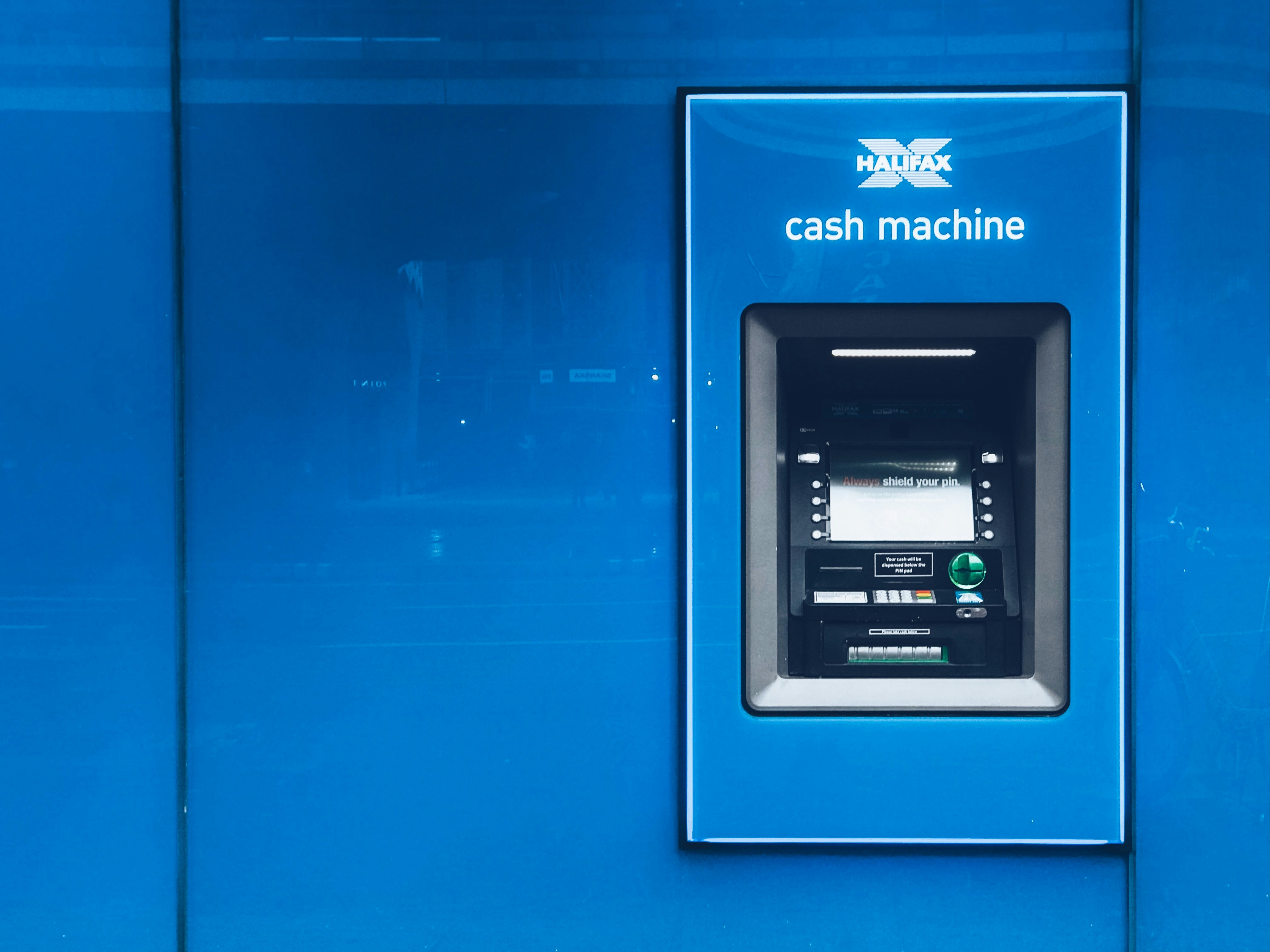Embrace Impact Reporting!
Credit unions can leverage our metrics and impact reporting to quantify their societal and economic contributions beyond traditional benchmarks.


Many credit unions measure success by traditional financial benchmarks, like asset growth and net worth. However, these figures barely scratch the surface of a credit union's real value and impact on its community.
Focusing on growth positions credit unions as vehicles for creating a wealthier, more equitable society, but this goes beyond simply understanding the financial products offered; it involves measuring the tangible impact these services have on members' lives and the broader community.
Credit unions must focus on quantifying their impact in concrete terms, not just through charitable actions but by evaluating the core services they provide. Questions like "How many jobs have we created?" or "What is our contribution to the local economy?" or “What percentage of low-income individuals and families do we serve?” are all crucial.Moreover, understanding the real-life benefits for members—how much money their credit union gives back and how it improves their lives—is essential. Yet there still seems to be a disconnect when it comes time for credit unions to spotlight these effects.
To bridge the gap, we can provide two innovative metrics
These are the risk-based member benefit calculation and the Member Benefit Impact ratio. The former calculates the direct financial benefit members receive through their relationship with the credit union, considering both deposit and loan advantages.The latter metric assesses the overall impact of these benefits across different income levels, highlighting how the same dollar amount can have varied significance depending on a member's financial situation. These metrics can be taken advantage of in numerous ways, a few of which include:
1. The annual amount of money their constituents benefit from by banking with your credit union instead of the average bank.
2. The number of jobs your credit union has created or sustained for their constituents over the past year.
3. Your credit union's contributions to their district’s economy (GDP).
4. How effectively you serve individuals of diverse races and income levels within their district.5. How well you serve constituents living in rural or economically distressed areas within their district. We can even assist in processing Project Zip Code data.
But that's not all! There are many more beneficial uses
1. Annual Reports: Showcase the social and financial impact of the credit union over the year in your annual report. This might include community involvement, support for local businesses and initiatives, and overall financial health.
2. Board Reports: Provide the board with insights into how the credit union's activities are aligned with its mission and the concrete impacts these activities are having. This can aid in strategic decision-making and in maintaining the focus on the credit union's values.
3. Executive Reports: Use impact reports to inform the executive team about the effectiveness of various programs and initiatives, helping to guide leadership decisions and policymaking during management meetings or planning sessions.
4. All-Team Staff Meetings: Share impact metrics with staff to boost morale, foster a sense of purpose, and enhance team cohesion around common goals.
5. Member-facing Marketing:
a. Social Media Shoutouts: Highlight individual stories or milestones achieved through credit union services.
b. Newsletters: Provide regular updates to members on how their participation contributes to larger goals.
c. Statements: Include impact statistics or stories in monthly or quarterly financial statements.
d. Website: Feature an impact dashboard or stories on the credit union's website for transparency and engagement.
e. Billboards and Other Traditional Marketing Efforts: Display impact information to attract potential members who align with the credit union's values.
6. Community Impact: These detailed reports showcase the credit union's commitment to local development and wellbeing, including jobs provided and sustained and monetary benefits to individual members and the economy.
7. Impact Metrics for Hiking the Hill Locally and in DC: Utilize impact data to advocate for policy and regulatory changes that support the credit union movement, both locally and nationally.
8. Regulatory Audits: Impact reports can provide evidence of compliance with regulations, especially those related to community benefits and ethical financial practices.
9. Products and Services Strategies: Use impact data to refine current offerings or develop new products and services that align with members' values and the credit union's impact goals.
10. Community Reinvestment Act (CRA) Reporting and Advocacy: Leverage impact reports to document the credit union's efforts and performance under the CRA and use this data to advocate for recognition and policy considerations.
Credit unions must consider the diverse needs of their stakeholders
This includes borrowers and depositors of varying income levels and creditworthiness. This requires a delicate balance, ensuring benefits are distributed equitably and sustainably. By focusing on long-term benefits, investing in future growth, and maintaining adequate returns to support capital reserves, credit unions can redefine their successes to be more humanistic. This approach not only ensures financial sustainability but also maximizes the positive impact on membership.
ABNB Federal Credit Union, whose impact report is highlighted here, finds impact reporting to be an invaluable tool, sharing that "ABNB FCU uses CUCollaborate’s impact report whenever we call on our state or federal legislators. The ability to combine the number of members in a district, the economic impact of ABNB within the district and the savings experienced by our members using ABNB topped off with member testimonials is priceless. No clearer demonstration of how ABNB serves our community and our members."
Again, success for credit unions lies in serving the broader needs of their communities, ensuring access to credit and financial thrift for all members, especially the underserved. This approach enables credit unions to generate larger interest revenues, provide greater risk-adjusted benefits, invest in growth, and maintain healthy capital reserves. By focusing on impact reporting and adopting new metrics of success, credit unions can truly fulfill their potential as catalysts for social and economic equality.
For credit unions ready to measure and benchmark their true impact, CUCollaborate's AnalyzeCU software offers the tools needed to make this shift. Discover how these metrics can spotlight your credit union's genuine contribution by scheduling a demo with our team!
Business & Growth Strategies













.png)




.png)



.png)




















































